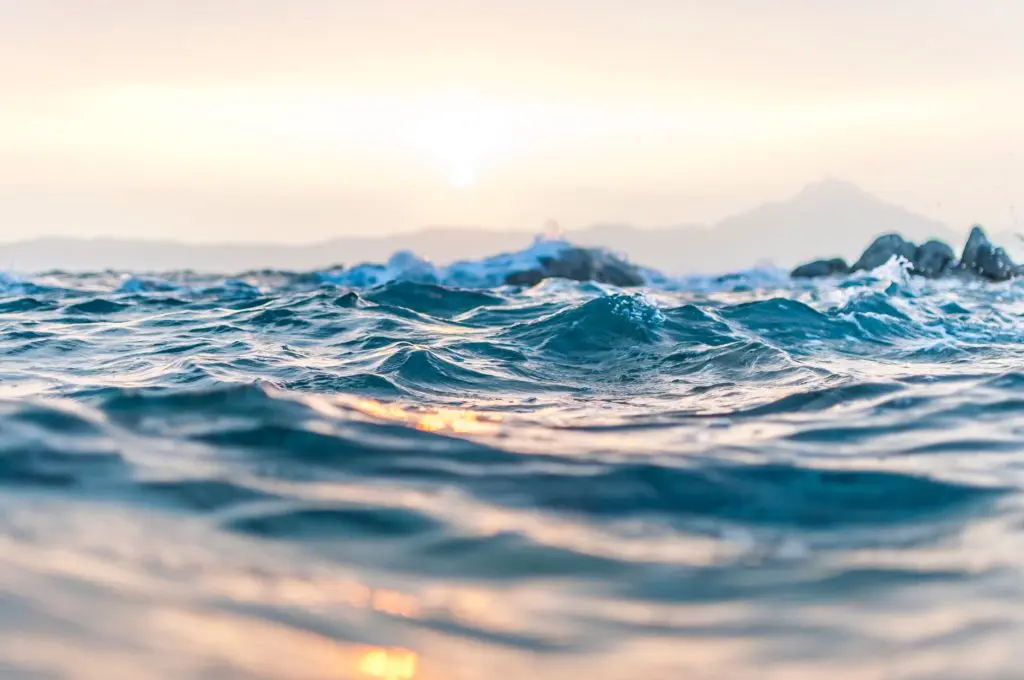
“Since 1961 the annual global growth in fish consumption has been twice as high as population growth, demonstrating that the fisheries and aquaculture sector is crucial in meeting FAO’s goal of a world without hunger and malnutrition”
-José Graziano da Silva, FAO Director-General
The above quote strikingly illustrates the urgency of the biggest problem when talking about fish farming and thus also fish feed. The demand for fish is constantly increasing and it is becoming more and more important to develop an efficient and sustainable feed source for breeding in order to meet the great demand and the consequences for the environment.
Algae also play a role in the private aquarium industry. They can be applied in specialised and adapted pet food products to provide enjoyment to customers and their animals alike through efficient and health-promoting nutrition.
In the following sections, we will go into more detail about the various problems, needs and approaches to solving algae as fish food in the industrial and private sectors.

Algae Fish Feed for Industrial Aquaculture
Improving sustainable sourcing of feed ingredients is a key aspect of sustainable salmon farming. In the life cycle assessment of salmon farming, feed makes the largest contribution to the ecological footprint.
In the farming of fish, crustaceans and shellfish, phytoplankton plays a fundamental role as food for healthy growing. Microalgae are therefore indispensable for the natural and healthy cultivation of marine animals and form the basis of industrial fish farming. The genera Nannochloropsis, Tetraselmis and Isochrysis (or Tisochrysis depending on the species) are particularly interesting due to their diverse properties and ingredients. These include, for example, the unsaturated fatty acids DHA and EPA, vitamins A, B1, B2, B6, C, E and pigments such as beta-carotene and Astaxanthin.
Fish feed always contains parts of fish and fish oil to provide the fish with their necessary Omega-3 intake. Among other sources, waste from fish processing is used, which is not suitable for human consumption, but also less popular wild fish is used to produce fish feed for more attractive fish species. For years, however, the proportion of fish in fish feed has been reduced and replaced with plant-based alternatives, as feeding fish otherwise would not be sustainable and would only further contribute to overfishing.
It is important to bear in mind that the fish are not fed too intensively on agricultural products, as this uses farmland and agricultural products that are not sustainable in their production. This would only lead to a shift of the problem from the water to the land.
Algae offer a good alternative to replace the vegetable parts of fish food, as their production does not require the clearing of natural habitats, and the oceans as well as closed systems for microalgae offer many places to operate algae farms.
Furthermore, microalgae of the genus Schizochytrium and Nannochloropsis in particular can play a central role in fish nutrition. When farming salmon and other fish, as already mentioned, part of the diet always consists of fish oil to ensure that the fish absorb the vital unsaturated fatty acids. Schizochytrium and Nannochloropsis can be used to produce DHA and EPA algae oil and powder, replacing the conventional fish oil in fish feed.
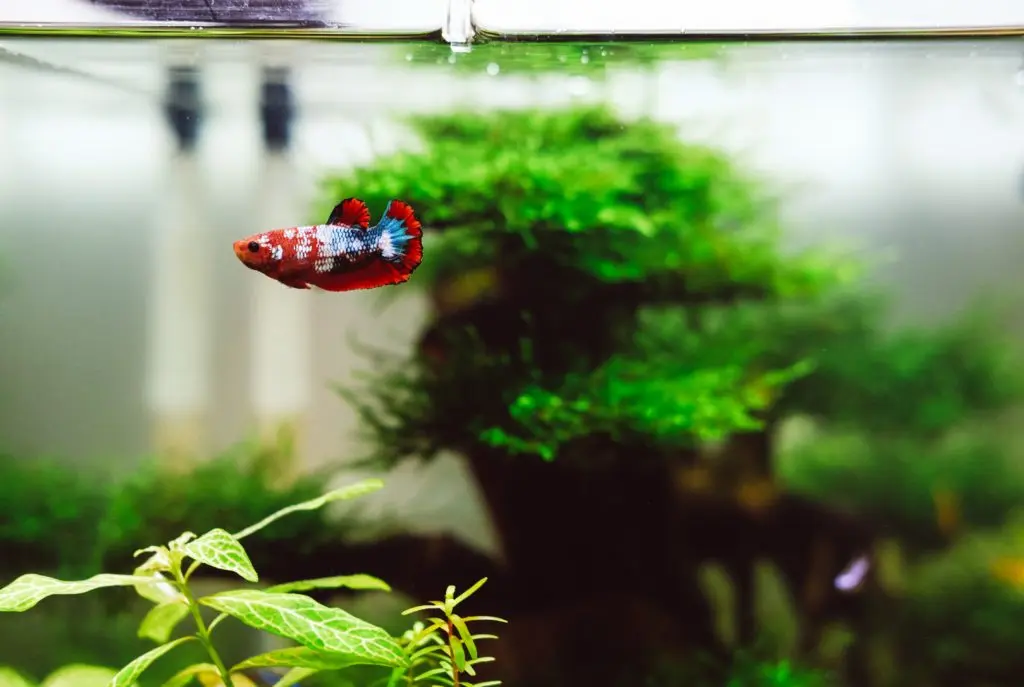
Algae Fish Feed for Aquariums in the Private Sector
For consumers, the well-being of their animals is the highest priority, therefore it is important to develop a compatible and balanced product.
In the aquarium, unlike in free-range keeping, the supply of any nutrients and minerals is limited to the feed, as it is a closed system.
For this reason, care must be taken to ensure that the broadest possible spectrum of vital nutrients, unsaturated fatty acids and trace elements is present in the animal feed. Algae are an interesting solution because they contain all these ingredients and can offer even further benefits for the entire ecosystem in the aquarium.
There are many different forms of feed available for keeping animals in aquariums. The type of animal and the raw materials used to produce the feed determine the form. Algae have the advantage that they can play a role in the different forms. For example, they can be used in dried flakes, pellets and powdered products, and can thus be used for fish and corals alike.
Algae are not only nutrient-rich due to their content of vitamins, trace elements and unsaturated fatty acids, but can also have other functional effects. Especially the colour of fish plays a decisive role in private aquaculture, and this can be influenced with animal feed. Some algae genera such as Dunaliella and Haematococcus have a colour-enhancing effect and are therefore particularly attractive as additives for fish and coral feed.
Apart from the decorative effects, algae also have another very useful advantage – they have a positive effect on the health and strengthen the immune system of the fish and other animal. As a result, algae fish feed and coral feed can thus play a preventive role in controlling diseases.
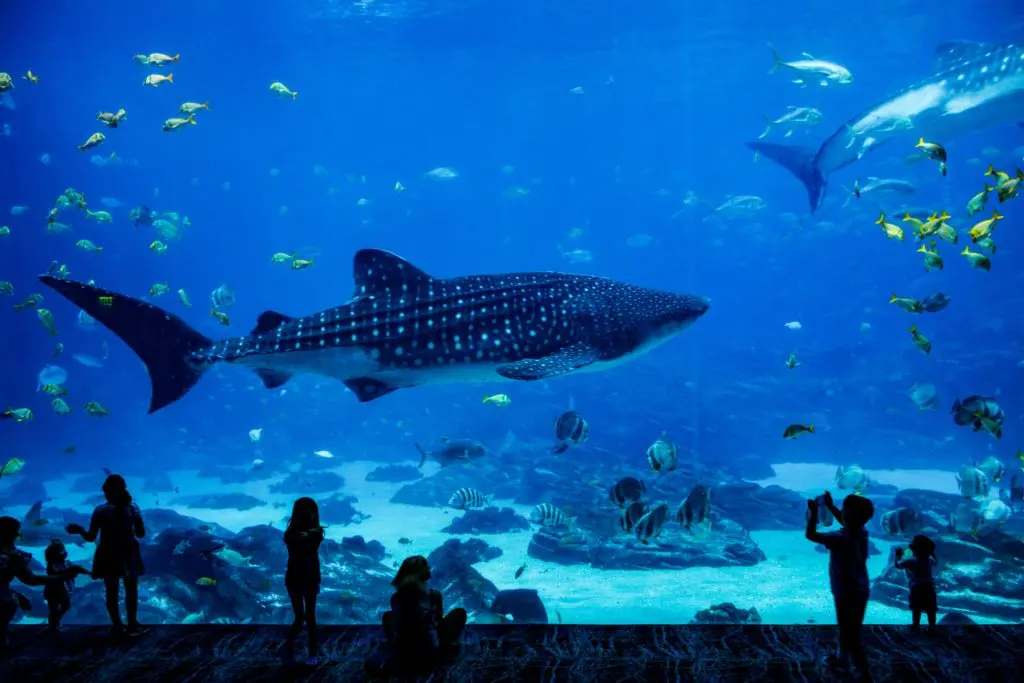
Algae Fish Feed for Zoos & Public Aquariums
The requirements for fish food in zoological aquariums or in larger aquariums in general are similar to the requirements from the private sector. The difference, however, is the quantity of the different animal species and thus also the different animal foods.
As already mentioned in the section on private aquariums, algae can play a helpful role. The fact that they can be offered in various forms with different nutrient profiles means that a suitable alga can be found easily for feeding the fish and corals.
In particular, however, their secondary effects beyond simply feeding the fish make them particularly interesting. In an aquarium where many different fish live, health and resistance to disease play an important role. Algae fish food can help strengthen the immune system of the animals and prevent health problems. For example, macroalgae such as those of the Laminaria genus can prevent iodine deficiency and the associated health problems.
Another subject of particular importance for aquariums is also that the animals can express their full potential in terms of colour intensity. As colouration is much affected by diet, the diet must therefore also be designed to support these expressions. As already mentioned in the previous section, algae of the genera Dunaliella and Haematococcus are particularly well suited for this purpose, as they contain pigments such as beta-Carotene and Astaxanthin, which have an effect on the colouration of the fish and other animals.
Conclusion
Whether it is for the beloved animals at home, or for the industry – algae play a growing role in the field of animal feed, and in the future their relevance will be further emphasised.
With land-based resources becoming increasingly scarce and wild fish overfished, algae should not be underestimated as an effective tool. They can help to reduce the burden on the environment and enable more efficient and healthier fish farming and culture.
We at Alganex are of course happy to advise and supply any partners in the field of fish feed and animal feed in general, and do our part to make animal farming more efficient and sustainable.
Sources
How to Farm a Better Fish
https://www.nationalgeographic.com/foodfeatures/aquaculture/
Sustainable Salmon Farming
https://globalsalmoninitiative.org/en/about-salmon-farming/
Aquarium Fish Nutrition, Fish Food Information & Aquatic Health
https://www.americanaquariumproducts.com/Quality_Fish_Food.html
Evaluation of Microalgae as Immunostimulants and Recombinant Vaccines for Diseases Prevention and Control in Aquaculture
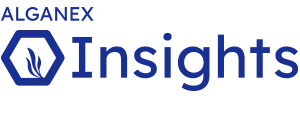

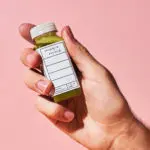



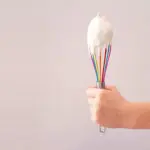
Comments by Pit Wagner